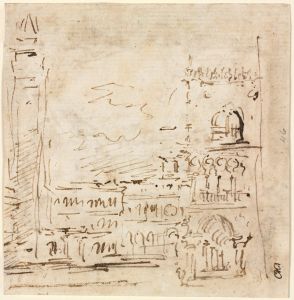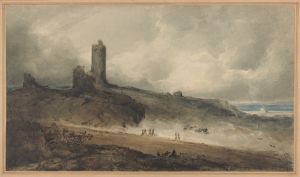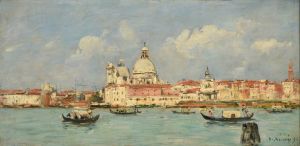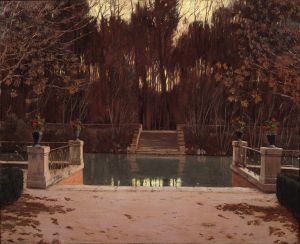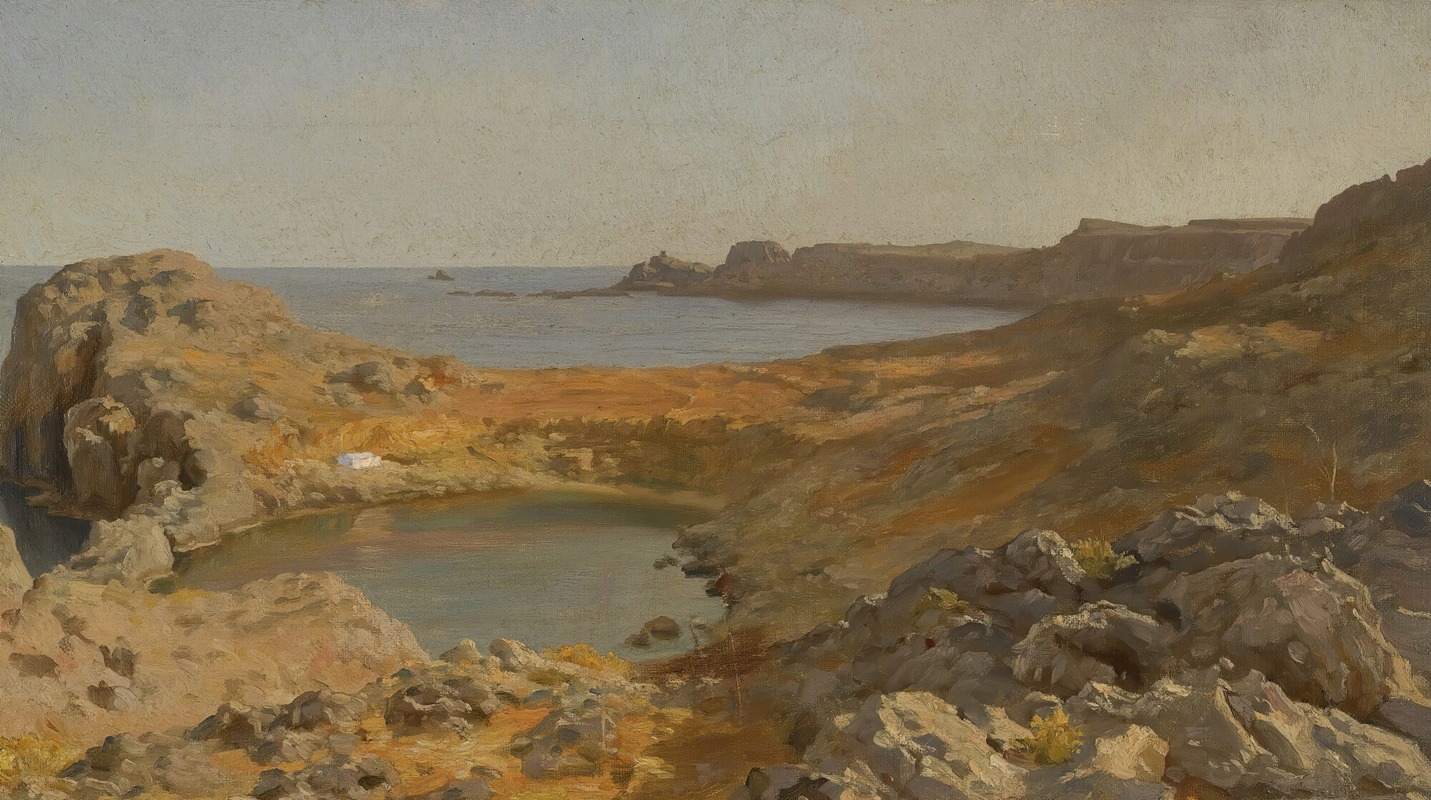
St Paul’s Bay At Lindos, Rhodes
A hand-painted replica of Frederic Leighton’s masterpiece St Paul’s Bay At Lindos, Rhodes, meticulously crafted by professional artists to capture the true essence of the original. Each piece is created with museum-quality canvas and rare mineral pigments, carefully painted by experienced artists with delicate brushstrokes and rich, layered colors to perfectly recreate the texture of the original artwork. Unlike machine-printed reproductions, this hand-painted version brings the painting to life, infused with the artist’s emotions and skill in every stroke. Whether for personal collection or home decoration, it instantly elevates the artistic atmosphere of any space.
St Paul’s Bay at Lindos, Rhodes is a painting by the renowned British artist Frederic Leighton, who was an influential figure in the Victorian art world. Leighton was known for his classical subject matter and his works often depicted scenes from ancient history, mythology, and the Bible, rendered with a meticulous attention to detail and a rich use of color.
Frederic Leighton was born on December 3, 1830, in Scarborough, England. He received his artistic education in Europe, studying in cities such as Florence, Paris, and Frankfurt, which greatly influenced his style. Leighton became associated with the Pre-Raphaelite Brotherhood, a group of English painters, poets, and critics founded in 1848, although his work is often considered more aligned with the academic style of painting.
The painting St Paul’s Bay at Lindos, Rhodes captures a serene and picturesque view of the bay located on the island of Rhodes, Greece. This location is historically significant as it is traditionally believed to be the landing place of St. Paul during his missionary journeys. The bay is known for its clear blue waters and dramatic cliffs, which have made it a popular subject for artists and tourists alike.
Leighton’s depiction of St Paul’s Bay reflects his interest in classical themes and landscapes. The painting showcases his skill in capturing the natural beauty of the Mediterranean landscape, with its vibrant colors and tranquil atmosphere. The composition likely emphasizes the harmony between nature and history, a common theme in Leighton’s work.
Throughout his career, Leighton achieved significant recognition and success. He was elected President of the Royal Academy of Arts in 1878, a position he held until his death. In 1896, he was ennobled as Baron Leighton, making him the first artist to be granted a peerage. His contributions to the art world were widely acknowledged, and he played a crucial role in promoting the arts in Britain during the late 19th century.
Leighton’s works, including St Paul’s Bay at Lindos, Rhodes, are celebrated for their technical excellence and their ability to convey a sense of timeless beauty. His paintings often reflect a deep appreciation for the classical world and its artistic traditions. Today, Leighton’s works are held in high regard and are part of numerous public and private collections around the world.
St Paul’s Bay at Lindos, Rhodes exemplifies Leighton’s mastery of landscape painting and his ability to capture the essence of a place with both accuracy and artistic flair. The painting remains a testament to his enduring legacy as one of the leading artists of his time.








